Marie Gardner- Blog Abroad
Blog #1
Japan has truly exceeded my expectations in every way. From the moment I arrived at the airport, I was greeted with a warm and welcoming atmosphere that made me feel right at home. My first taste of Japan was a delicious onigiri, a rice ball that proved to be the perfect antidote to my jet-lagged hunger. The affordable and delicious food options at the airport were a lifesaver, especially with my heavy luggage in tow. I highly recommend using a luggage transport service if you're traveling with a lot of baggage; it was a lifesaver for me! Navigating the city was a bit challenging at first, but the kindness and helpfulness of the Japanese people made it a lot easier. Despite my limited Japanese language skills, everyone I encountered was patient, understanding, and eager to assist me. I was amazed by their willingness to go out of their way to help a stranger, even if it meant accompanying me on a train ride to ensure I didn't get lost. One of the highlights of my first weekend was attending the Okuzawa Shrine festival. The vibrant atmosphere, the colorful decorations, and the impressive giant grass snake procession were truly unforgettable. It was a wonderful opportunity to experience a traditional Japanese festival and immerse myself in the local culture. My neighborhood has been incredibly welcoming. I've been treated like a member of the family, with neighbors offering me food, inviting me to join them for activities, and even taking me on tours of the neighborhood. The kindness and generosity of the people here have made me feel so loved and safe. My campus is equally impressive, with beautiful buildings and a serene atmosphere. The teachers are patient and supportive, and the food in the cafeteria is surprisingly affordable and delicious. I've even found a hidden gem: a fried chicken bowl that's so good, it's worth every penny. Exploring the city has been a delightful adventure. I've stumbled upon stunning shrines and temples, marveled at the towering skyscrapers, and witnessed the harmonious coexistence of tradition and modernity. Japan truly is a unique and fascinating place. I'm so grateful for the kindness and generosity that I've experienced in Japan. The people here have made me feel so welcome and at home. I can't wait to share more of my adventures and experiences with you in the future. A Warm Welcome to Japan: My First Impressions
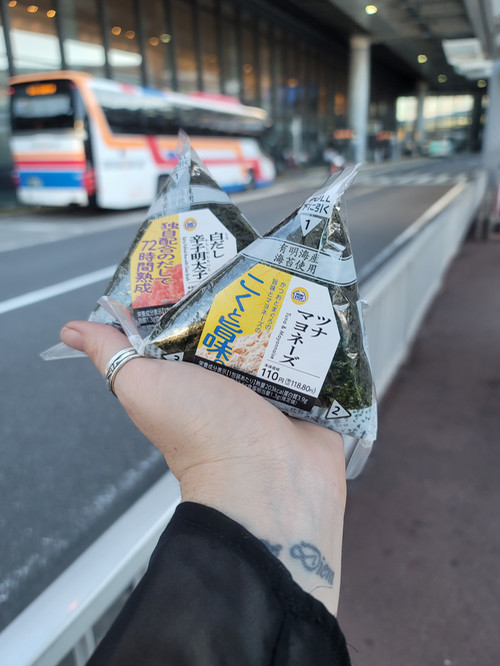
Sharepoint Video in Japan witnessing cultural celebration
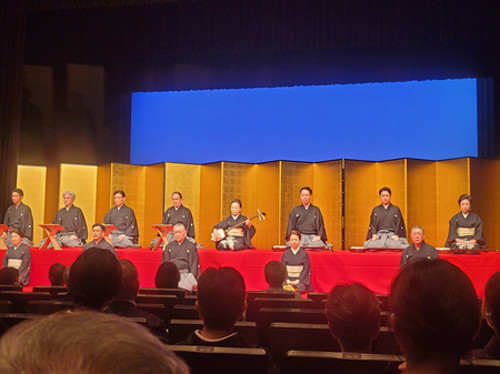
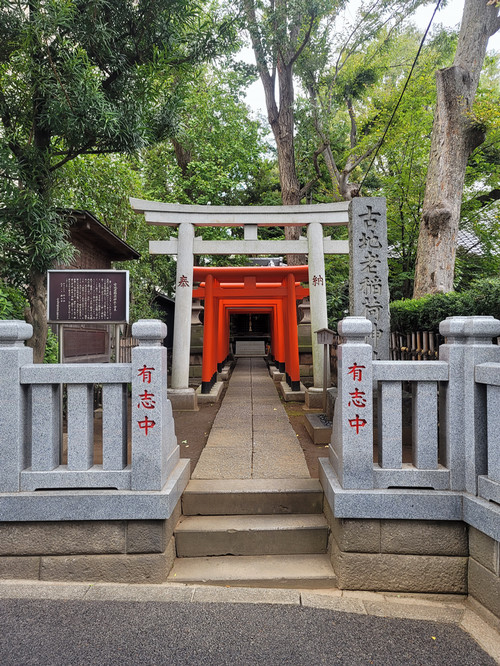
Blog #2
Japan, a land of rich culture and tradition, is also a culinary paradise. From the bustling streets of Tokyo to the serene countryside, the country offers a diverse and delectable array of dishes that tantalize the taste buds. Here's a glimpse into the culinary wonders that await you in Japan: To follow along for more adventures, please follow @themariesteas. A Culinary Journey Through Japan: A Food Lover's Paradise
Fresh and Flavorful Seafood
Japan's coastal location provides an abundance of fresh seafood, which is a staple in Japanese cuisine. From succulent sushi and sashimi to grilled fish and seafood bowls, there's something for every palate.
Sushi and Sashimi: The art of preparing raw fish is perfected in Japan. The delicate balance of flavors and textures is truly a culinary masterpiece.
Kaiseki Ryori: A traditional multi-course meal that showcases the finest seasonal ingredients, prepared with meticulous attention to detail.
Hearty and Comforting Soups and Noodles
Japanese cuisine offers a variety of warm and comforting soups and noodles that are perfect for any season.
Ramen: A hearty and flavorful noodle soup that comes in various styles, from rich and creamy tonkotsu to light and refreshing shoyu.
Udon: Thick wheat noodles served in a variety of broths, often topped with tempura or other delicious ingredients.
Soba: Slender buckwheat noodles that can be served hot or cold, with a variety of dipping sauces and toppings.
Unique and Delicious Snacks
Japanese snacks, or *oishii kagu*, are a delightful way to satisfy cravings and experience the country's unique flavors.
Right now, the fragrance of Roasted Sweet Potatoes fills the air. A seasonal treat, these sweet potatoes are roasted to perfection, found in groceries stores and food stalls alike.
A Western Twist: Japanese-Style Cuisine
Japan has a unique way of incorporating Western culinary influences into its own cuisine. From mouthwatering burgers and pizzas to decadent pastries and cakes, Japanese chefs put their own spin on these classic dishes, creating truly unique and delicious experiences.
Whether you're a fan of traditional Japanese cuisine or adventurous eater, Japan has something to offer.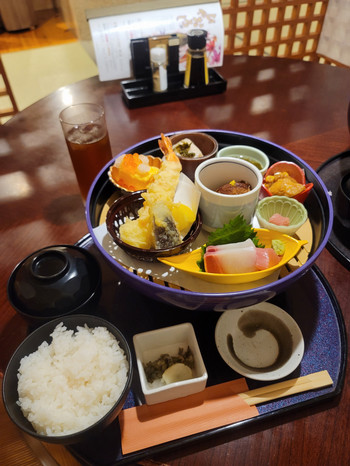
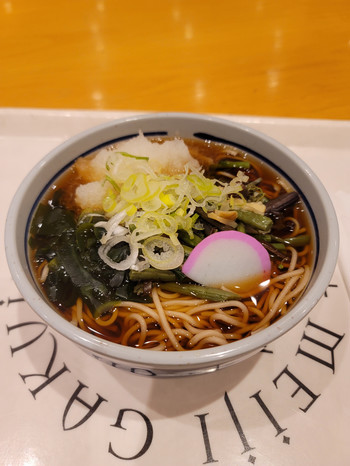
Link to Sharepoint Food video
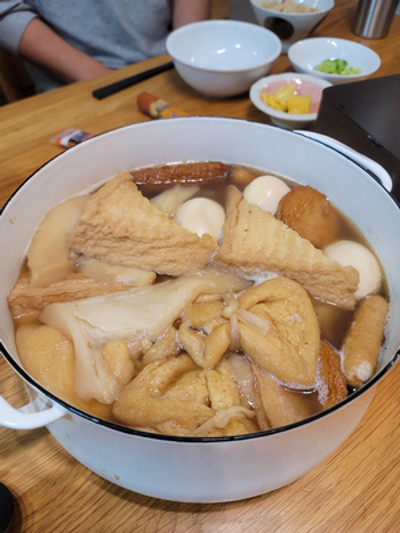
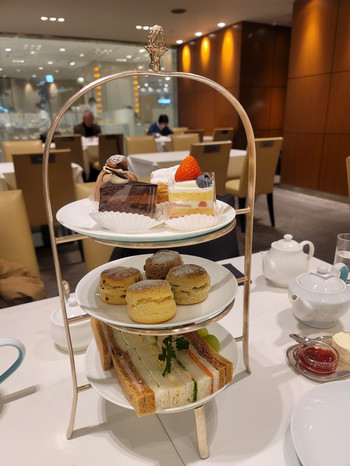
Blog #3
Japan is renowned for its cutting-edge technology and unique cultural experiences. One of the most fascinating aspects of Japanese culture is its ubiquitous vending machines. These machines aren't just for drinks; they offer a mind-boggling array of products, from the practical to the downright bizarre. Vending Machines on Every Corner One of the most striking things about Japan is the sheer number of vending machines. They're everywhere – on street corners, in train stations, and even in remote rural areas. No matter where you go in Japan, you're never far from a vending machine. Japan's vending machines cater to every whim and need. You can find machines dispensing everything from hot and cold beverages to snacks, fresh produce, and even clothing. Some of the most popular vending machine offerings include: Hot Drinks and Soups: As the weather cools down, many vending machines switch to offering hot drinks and soups. You can find classic options like coffee and tea, as well as unique choices like hot corn soup and bean soup. Fresh Snacks and Treats: Japan's vending machines are stocked with a variety of delicious snacks, from traditional Japanese treats to international favorites. You can find everything from onigiri (rice balls) and fresh baked pastries, to chocolate bars and chips. Bizarre and Wonderful Finds: Japanese vending machines are known for their quirky offerings. You can find machines dispensing everything from umbrellas and socks to instant ramen and even fresh eggs. Here are three particularly fascinating examples of Japan's vending machine wonders: Sriracha Vending Machine: For those who love a little spice in their life, there's a vending machine dedicated entirely to Sriracha sauce. You can find a variety of flavors and heat levels to suit your taste. Restaurant-Quality Ramen Vending Machine: A true testament to Japan's technological innovation, these vending machines offer freshly cooked bowls of ramen, comparable to what you'd find in a restaurant. Customers select their desired toppings and broth, and the machine prepares the ramen to order. University Vending Machine: Many universities in Japan have high-tech vending machines that offer a wide range of hot and cold beverages. Some of these machines even dispense drinks with added lactic acid, which is known to have several health benefits, including improved digestion and reduced muscle fatigue. Lactic acid is a natural compound produced by the body during exercise. While it's often associated with muscle soreness, it also has several potential health benefits when consumed in moderate amounts. Some studies suggest that lactic acid may help to: So, the next time you're in Japan, be sure to explore the wonderful world of its vending machines. You never know what amazing or bizarre finds you might discover! Japan's Vending Machine Wonderland
A Vending Machine for Every Occasion
Highlighting the Unique
The Benefits of Lactic Acid
Vending Machine Video
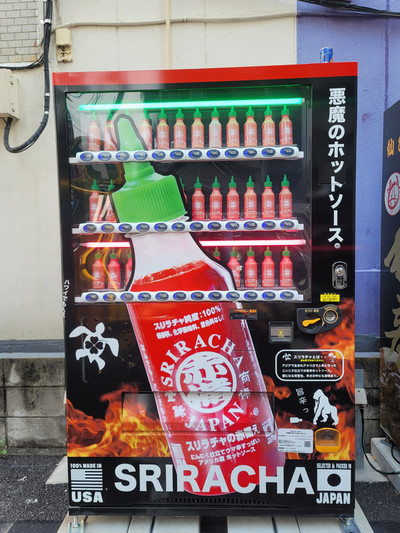
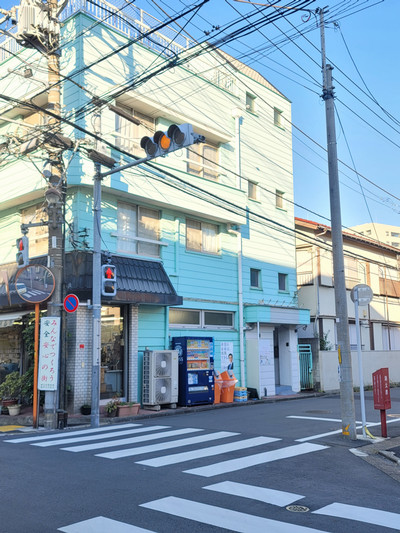
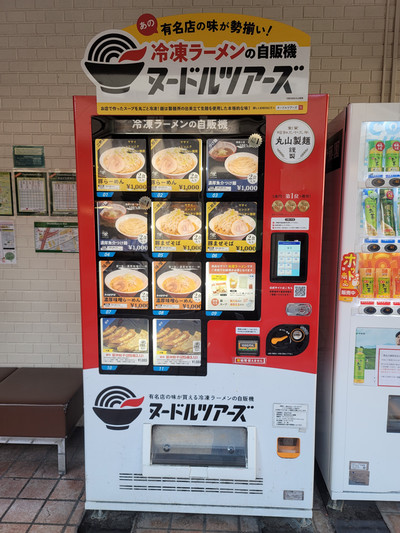
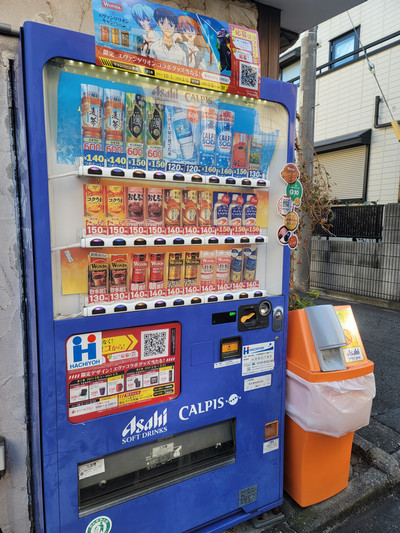
Blog #4
Japan is a land rich in spiritual traditions, with Shintoism and Buddhism deeply intertwined in its culture. While both religions have significantly influenced Japanese society, they have distinct characteristics and practices. One of the most noticeable differences lies in their places of worship: Shinto shrines and Buddhist temples. Shinto shrines are places of worship dedicated to kami, or divine spirits. These kami can be associated with natural phenomena like mountains, rivers, and trees, as well as human ancestors and abstract concepts. Shinto shrines are often located in serene natural settings, reflecting the religion's emphasis on the sacredness of nature. Buddhist temples, on the other hand, are places of worship for followers of Buddhism, a religion that originated in India. Buddhist temples offer a path to enlightenment through meditation, ethical conduct, and wisdom. While Shinto and Buddhism are distinct religions, they have coexisted harmoniously in Japan for centuries. Many Japanese people practice both religions, often visiting both Shinto shrines and Buddhist temples. This unique blend of beliefs and practices has shaped the spiritual landscape of Japan. By understanding the differences between Shinto shrines and Buddhist temples, you can gain a deeper appreciation for Japan's rich cultural heritage. Shinto Shrines vs. Buddhist Temples: A Quick Guide
Shinto Shrines: A Connection to Nature and Ancestors
Key characteristics of Shinto shrines:
Buddhist Temples: A Path to Enlightenment
Key characteristics of Buddhist temples:
The Intertwined Nature of Shinto and Buddhism
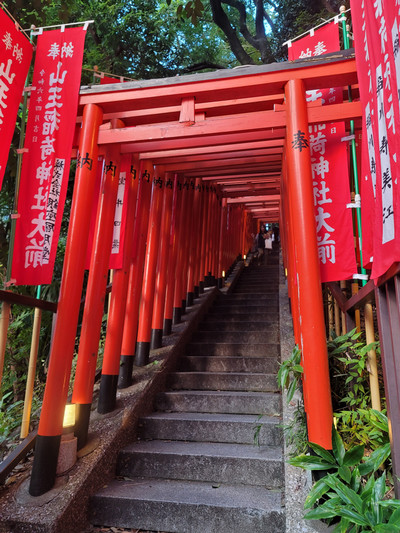
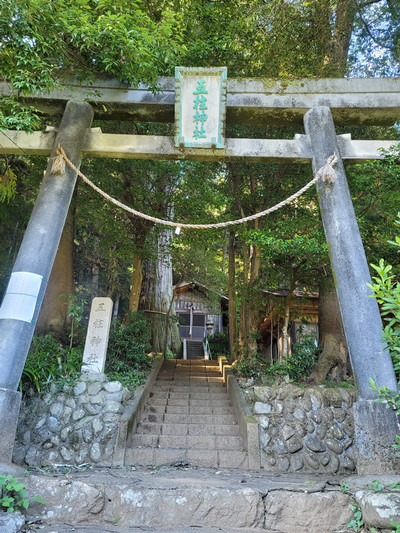
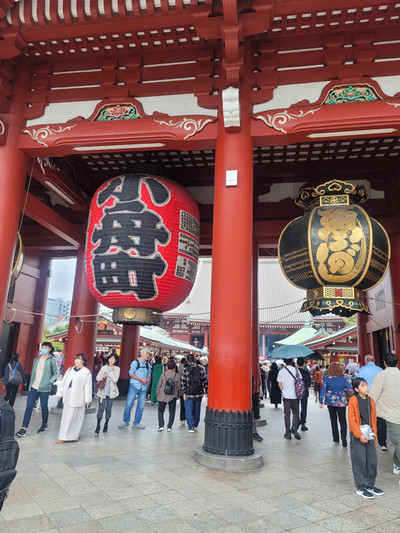
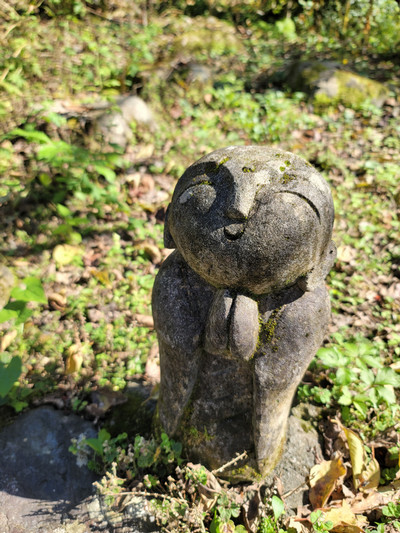
Blog #5
Wagashi, the traditional Japanese confectionery, is more than just a dessert. It's a reflection of the country's rich cultural heritage, seasonal changes, and aesthetic sensibilities. From delicate sweets shaped like flowers to elegant pastries made with carefully selected ingredients, wagashi offers a delightful sensory experience. The origins of wagashi can be traced back to the Nara period (710-794), when Chinese confectionery techniques were introduced to Japan. Over time, wagashi evolved into a unique art form, influenced by both Japanese and Chinese aesthetics. During the Edo period (1603-1868), wagashi reached its peak, with various schools and styles emerging. Wagashi plays a significant role in Japanese culture, often associated with tea ceremonies, festivals, and special occasions. It's a symbol of hospitality and a way to express gratitude. The intricate designs and delicate flavors of wagashi are a testament to the Japanese appreciation for beauty and detail. Many families have been creating and selling wagashi for generations, passing down their skills and traditions from one generation to the next. These family-run businesses often specialize in specific types of wagashi, such as nerikiri or dango, and are known for their high-quality products and unique flavors. By exploring the world of wagashi, you can gain a deeper understanding of Japanese culture and appreciate the artistry and craftsmanship that goes into creating these delightful treats. P.S.:People who make wagashi are considered "craftsmen" for several reasons: The combination of artistic skill, technical expertise, seasonal awareness, and cultural significance makes wagashi-making a true craft, and those who practice it are rightly considered craftsmen. A Sweet Journey: The World of Japanese Wagashi
A Taste of Tradition
A Brief History
The Cultural Significance of Wagashi
Featured Types of Wagashi
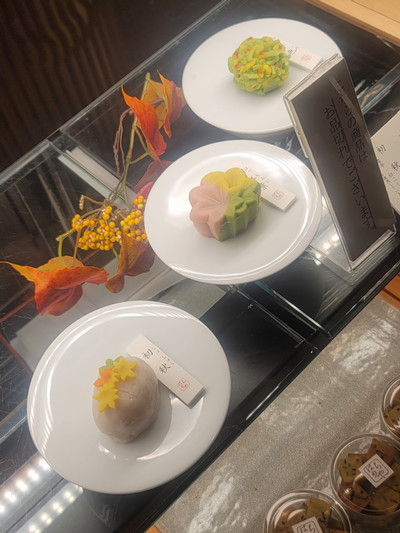
Wagashi Video
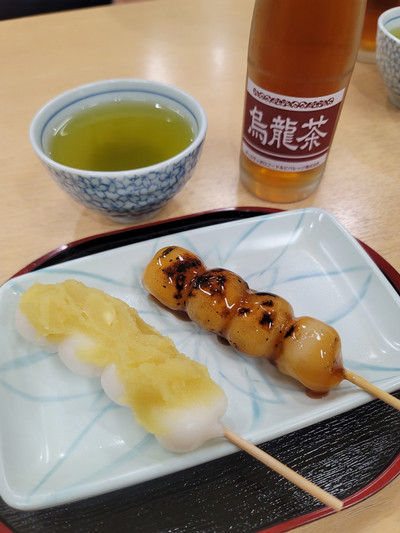
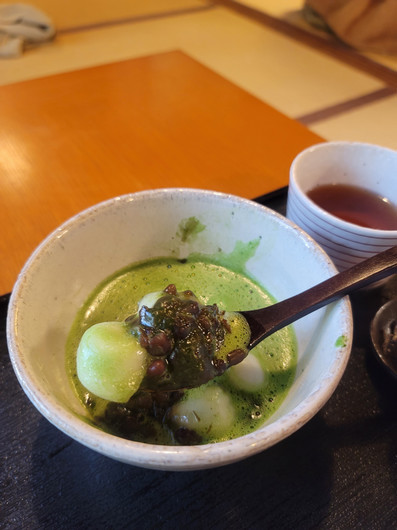
Blog #6
Ever wondered why Japanese food is so much more than just sushi and ramen? The answer lies in Washoku, a UNESCO Intangible Cultural Heritage. It's not just about the dishes themselves, but a philosophy that celebrates nature, seasonality, and the art of eating together. In 2013, Washoku made history by becoming the second food culture, after kimchi, to be recognized as a UNESCO Intangible Cultural Heritage. This prestigious designation underscores the unique cultural significance of Japanese cuisine, its historical roots, and its enduring appeal. Imagine "Wa" (Japan) and "Shoku" (to eat) coming together to create a symphony of flavors and traditions. That's Washoku in a nutshell. Recognized by UNESCO in 2013, it goes beyond the plate, encompassing the respect for nature that guides ingredient selection, the social customs around meals, and the artistic presentation that delights the senses. One of the most fundamental concepts in Washoku is Ichiju-sansai, which translates to "one soup, three dishes." This simple yet balanced meal structure has been a cornerstone of Japanese cuisine for centuries. The soup, typically miso soup, provides essential nutrients and warms the body. The three side dishes, often consisting of cooked vegetables, fish, or tofu, offer a variety of flavors and textures. Rice, the staple food of Japan, is always served alongside the soup and side dishes. There's more to Washoku than meets the eye. Traditional Japanese cuisine revolves around "Goho, Gomi, Goshiki, and Gokan," the "Five Ways, Five Tastes, Five Colors, and Five Senses." Imagine cooking techniques tailored to enhance flavors, dishes that tantalize all five taste buds, vibrant colors that evoke nature's beauty, and a dining experience that engages all your senses. Food evolves, and Washoku is no exception. While some argue that it's a romanticized ideal, others see it as a dynamic tradition adapting to modern times. Is it facing extinction as historian Kumakura Isao suggests? Convenience foods and changing lifestyles pose challenges, but the resurgence of interest in Washoku cooking classes and local ingredients offers a glimmer of hope. Washoku is a window into Japanese culture, a reminder of the importance of harmony with nature and the joy of sharing a meal with loved ones. Whether you're enjoying a steaming bowl of miso soup or admiring the intricate presentation of a kaiseki meal, you're experiencing a culinary journey through time. So, the next time you savor Japanese food, remember, it's not just a meal – it's a cultural legacy! This blog post is just a taste (pun intended!) of the world of Washoku. Explore the inc. A Culinary Journey: Unveiling the Secrets of Washoku, a UNESCO Treasure
A Global Recognition: Washoku, a UNESCO Heritage
More Than Just Food: A Cultural Legacy
The Essence of Washoku: Ichiju-Sansai
The Four Pillars of Washoku
The Japanese government identified four key features that define Washoku:
Beyond the Basics: The Essentials of Washoku
Is Washoku an "Invented Tradition?"
A Legacy for the Future
Want to Learn More?
Video/ Audio 1
Video/ Audio 2
Video/ Audio 3
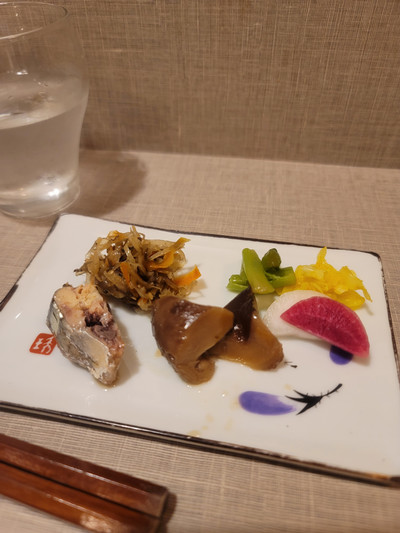
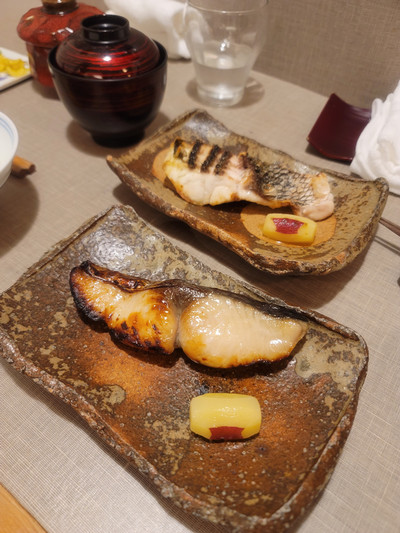
Blog #7
My homestay in Japan was an absolute dream come true. I was incredibly lucky to stay with the warmest and most welcoming family, who made me feel right at home from the very first day. Every moment was filled with joy, laughter, and unforgettable experiences. One of the highlights of my stay was the incredible food. My host family was amazing cooks, and they introduced me to a wide variety of delicious Japanese dishes. We had everything from simple yet comforting home-cooked meals to elaborate feasts. Okonomiyaki Party Night: The Family threw a Okonomiyaki Party just for me, inviting the whole family including Grandma and Grandpa! We gathered around the teppan grill, flipping and customizing our own savory pancakes. It was a fun and interactive way to enjoy a traditional Japanese dish. Omurice Masterclass: My host mom patiently guided me through the art of making the perfect omurice. From the fluffy rice filling to the delicate egg omelet, it was a culinary masterpiece. Everyday Delights: From fluffy French toast for breakfast to hearty bowls of ramen for dinner, every meal was a delicious surprise. I even had the chance to try natto, a fermented soybean dish that's a bit of an acquired taste, but I was brave enough to give it a shot! Beyond the culinary delights, my homestay offered a deep dive into Japanese culture. We visited ancient temples and shrines, marveling at the intricate architecture and peaceful atmosphere. I learned about traditional customs, such as bowing and taking off your shoes indoors, and I even had the opportunity to participate in a local festival. The most precious aspect of my homestay was the bond I formed with my host family. They treated me like their own child, and I felt truly loved and cared for. We spent countless hours laughing, playing games, and sharing stories. I'll cherish these memories forever. My homestay in Japan was a transformative experience that broadened my horizons and enriched my life. I'm incredibly grateful for the opportunity to have lived with such a wonderful family and to have immersed myself in Japanese culture. I highly recommend a homestay to anyone considering a trip to Japan. It's a truly unforgettable way to experience the country's beauty, warmth, and hospitality. And honestly, the best way to learn the language! :)A Culinary and Cultural Adventure: My Unforgettable Homestay Experience
A Culinary Journey
Cultural Immersion
A Bond for Life
Homestay Audio Video 1
Homestay Audio Video 2
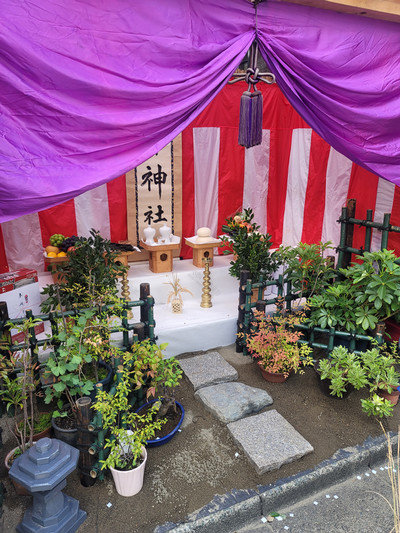
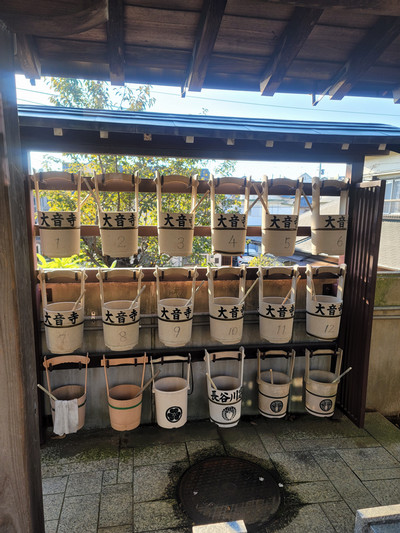

Blog #8
New Year's in Japan (Shogatsu) is not just a holiday; it's a deeply ingrained cultural phenomenon. It's a time for family reunions, reflection, and hopeful anticipation for the year to come. Here's a glimpse into what makes Shogatsu so unique: On New Year's Eve, many Japanese families partake in a special meal of Toshikoshi Soba (year-crossing noodles). These long, thin noodles symbolize longevity and the hope for a long and prosperous life. The act of slurping the noodles is believed to ward off evil spirits and usher in good fortune. New Year's Day is a time for feasting. While Toshikoshi Soba signifies a farewell to the old year, the first meal of the new year often includes festive dishes like osechi ryori. This elaborate and colorful array of traditional Japanese dishes is meticulously prepared beforehand and packed in special boxes called jubako. Each dish holds symbolic meaning, such as black beans for good health, herring roe for abundance, and shrimp for longevity. Sushi also plays a prominent role in the New Year's feast, often featuring special seasonal ingredients. One of the most important New Year's traditions in Japan is Hatsumoude, the first visit to a shrine or temple of the new year. Millions of people flock to their local shrines to pray for good health, happiness, and success in the coming year. Many shrines offer special New Year's amulets (omamori) and fortune slips (omikuji) for good luck. You'll notice a unique decoration outside many Japanese homes during the New Year: Kadomatsu. These traditional decorations consist of pine, bamboo, and plum branches arranged in a specific way. Pine symbolizes longevity, bamboo represents strength and flexibility, and plum blossoms symbolize hope and resilience. Kadomatsu are believed to welcome good luck and prosperity into the home and guide the spirits of ancestors back for the New Year. Another common New Year's decoration is Shimekazari, a sacred rope made of twisted rice straw adorned with white and red paper. These are hung on doorways and entrances to ward off evil spirits and invite good luck into the home. New Year's in Japan is a time of deep cultural significance, filled with traditions that have been passed down through generations. It's a time for reflection, renewal, and hope for a bright future. I hope this gives you a glimpse into the unique and meaningful ways that Japanese people celebrate the New Year! Ringing in the New Year: Why New Year's is So Special in Japan
Toshikoshi Soba: A Symbolic Farewell
A Feast Fit for a New Beginning
Hatsumoude: Seeking Blessings at the Shrine
Kadomatsu: Welcoming the New Year with Nature
Shimekazari: Sacred Protection
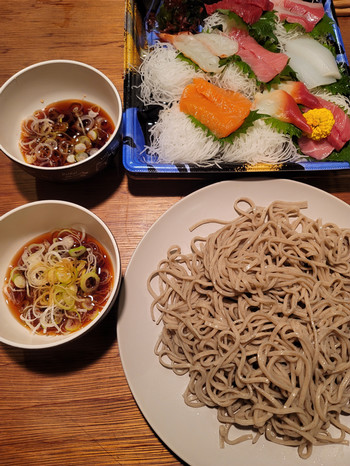
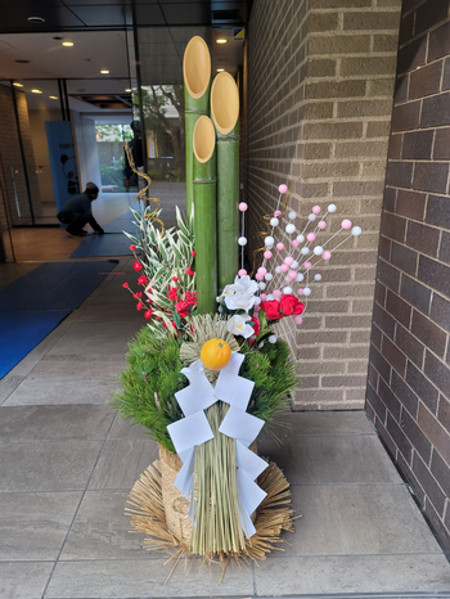
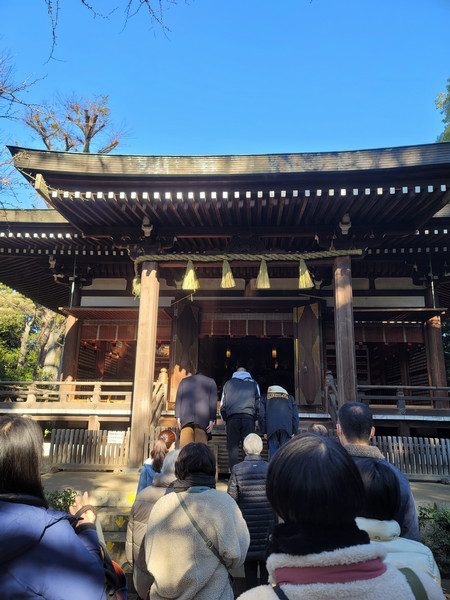
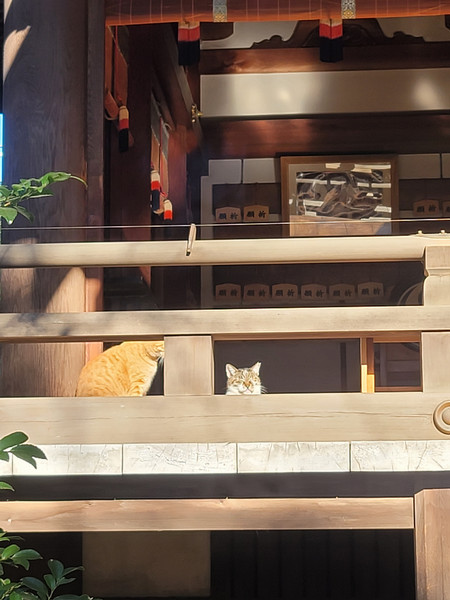
Blog #9
Christmas in Japan may not be a religious holiday, but it's a time for celebration nonetheless. And what better way to celebrate than with dazzling displays of light? Japanese cities transform into glittering wonderlands during the Christmas season. Elaborate light displays adorn streets, parks, and shopping districts, creating a magical atmosphere that captivates both locals and tourists. These displays are more than just decorations; they are a visual spectacle that embodies the festive spirit. Visual Appeal: Japanese culture places a strong emphasis on aesthetics and visual beauty. Light displays provide a stunning visual feast, creating a captivating and memorable experience. Seasonal Symbolism: In Japan, light often symbolizes hope and renewal. Christmas light displays serve as a beacon of hope and joy, illuminating the winter season and ushering in the promise of a new year. Creating a Festive Atmosphere: The dazzling lights contribute to a vibrant and festive atmosphere, encouraging people to gather, shop, and enjoy the holiday season. Social Media Phenomenon: The stunning light displays have become a social media sensation. People flock to see the most impressive displays, capturing photos and videos to share with friends and family. A Noteworthy Example: The Baccarat Chandelier in Tokyo One of the most famous and impressive Christmas displays in Japan is the Baccarat Chandelier at Ginza Mitsukoshi. This dazzling chandelier, made entirely of Baccarat crystal, is a masterpiece of craftsmanship and a must-see for any visitor to Tokyo during the holiday season. While light displays are a prominent feature of Christmas in Japan, the holiday season also includes other festive elements. Christmas cakes (often featuring strawberries and cream), special Christmas menus at restaurants, and the exchange of gifts are all part of the celebration. In Conclusion, Christmas in Japan is a unique blend of cultural traditions and festive cheer. The emphasis on light displays adds a touch of magic and wonder to the season, creating a truly unforgettable experience. Have you ever seen a Christmas light display in Japan? Share your experiences in the comments below! A Sparkling Season: Why Light Displays are So Important for Christmas in Japan
A Visual Spectacle
Key Reasons for the Emphasis on Lights:
Beyond the Lights:







